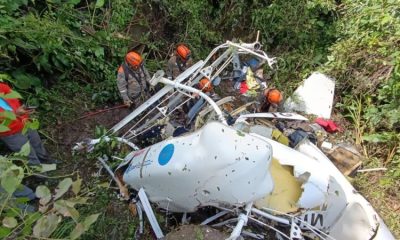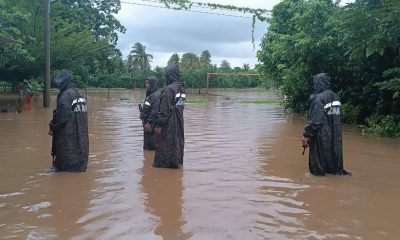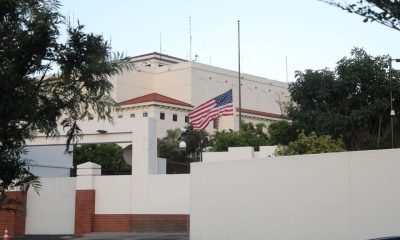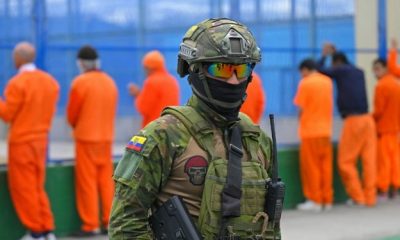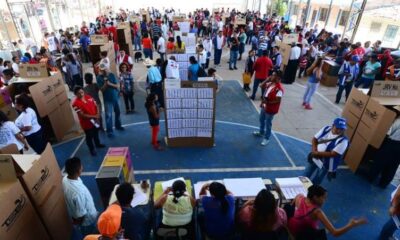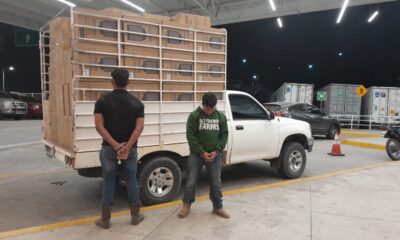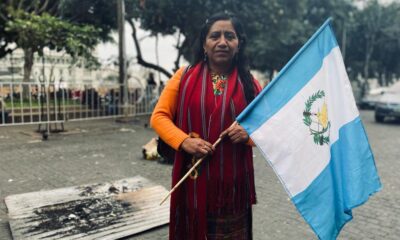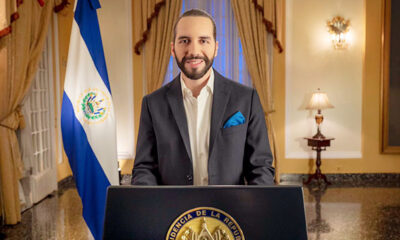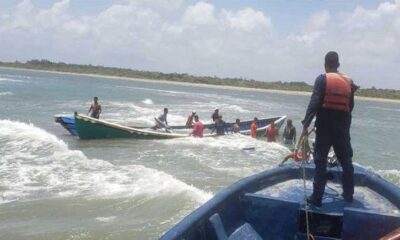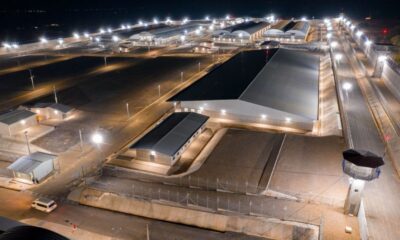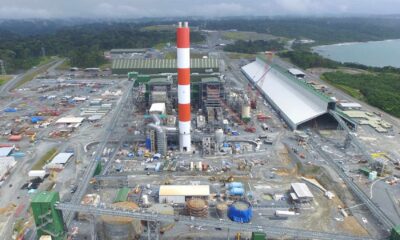Central America
More than 100,000 people have visited Binaes during the first three weeks of the event
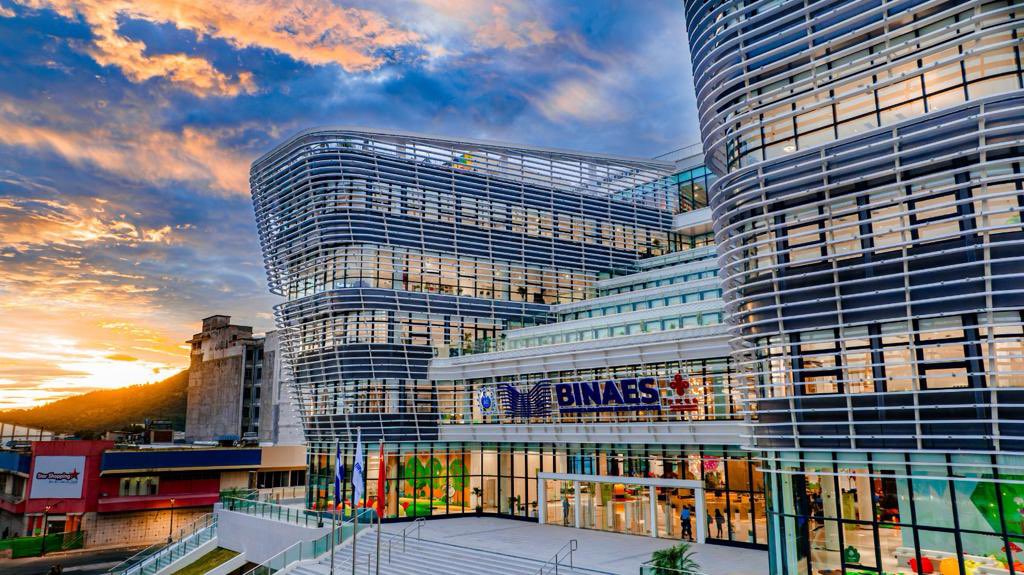
December 5 |
More than 100,000 people have visited the National Library of El Salvador (Binaes) during the first three weeks of its inauguration.
Now, children have access to educational and entertainment spaces, while young people and adults find a space to study and work.
Since it opened its doors to the public, hundreds of people have enjoyed the cathedral of knowledge. David Esteban Majano, 70, was the 100,000th visitor, according to data provided by Binaes.
“The objective of coming to the facilities (Binaes) is to know the novelties that the library has, since it is very important to continue growing the intellectual part. We hope that all the people will take advantage of the knowledge,” Majano expressed.
The cultural richness of this modern library continues to captivate more visitors of all ages.
Majano “thanks President Nayib Bukele for the effort he has made to have these beautiful facilities for the benefit of all our people”.
The Binaes is the largest library in Central America and the most modern in Latin America. This is a space for culture, art, healthy recreation, education, a cathedral of knowledge and learning.
The library facilities are open 24 hours a day, every day, making it easy for people to visit at different times.
Central America
Honduras election crisis deepens as CNE president denounces intimidation attempts

Tegucigalpa remains engulfed in a deep post-electoral crisis, marked by the absence of final results from the general elections held on November 30. On Thursday, the presiding counselor of the National Electoral Council (CNE), Ana Paola Hall, publicly denounced acts of intimidation that she warned could jeopardize the final phase of the process.
Following a meeting with the G-16+ diplomatic corps, Hall expressed concern over two specific incidents: a call by former president Manuel Zelaya summoning supporters of the Libre Party to gather outside the INFOP facilities—where electoral records and materials are being safeguarded—and a statement issued by the Permanent Commission of Congress accusing her and counselor Cossette López of alleged electoral crimes, an action she described as “baseless and outside their jurisdiction.”
Hall reaffirmed her institutional commitment and warned that she will not allow interference in the announcement of the results. “Honduras comes first,” she emphasized, underscoring her intention to defend the electoral process as a cornerstone of democracy.
Meanwhile, the preliminary results place Nasry ‘Tito’ Asfura, candidate of the National Party, in the lead with 40.52%of the vote, followed closely by Salvador Nasralla of the Liberal Party, with 39.48%. The ruling party’s candidate, Rixi Moncada of Libre, is in third place with 19.29%. Around 0.6% of the tally sheets—many of them showing inconsistencies—have yet to be reviewed.
The Organization of American States (OAS) called an extraordinary session of its Permanent Council to analyze the situation, while civil organizations and governments such as Paraguay’s urged respect for the popular will.
Honduran President Xiomara Castro accused the United States, and specifically former president Donald Trump, of obstructing the process, while also denouncing threats from gangs against voters aligned with her party.
Central America
OAS and EU urge honduran political actors to respect vote results and avoid unrest

The Electoral Observation Missions of the Organization of American States (OAS/EOM) and the European Union (EU EOM) issued an urgent call on Wednesday urging political actors in Honduras to respect the will expressed at the polls on November 30 and to refrain from inciting public disorder while the vote count is being finalized.
Both missions called on candidates, political parties, and authorities to act responsibly and maintain “active vigilance” over the vote-counting process.
So far, the National Electoral Council (CNE) has processed 99.4% of the tally sheets, but 2,773 still show inconsistencies, representing more than 500,000 unverified votes. The electoral body has not set a date for the special review, though it could begin later this week.
“The OAS/EOM reminds that electoral authorities are the only ones empowered to validate the results and reiterates its rejection of any call to disrupt public order,” the mission said in an official statement.
Central America
U.S. finds no evidence of fraud in Honduras election despite delays

The United States government said on Tuesday that it has found no evidence of electoral fraud in Honduras’ presidential election, despite several days of delays in the vote count caused by technical issues.
“We are not aware of any credible evidence supporting a call for annulment,” a State Department spokesperson told EFE in response to complaints over the slow release of official results. Washington emphasized that the elections were monitored by international observers, including representatives from the Organization of American States (OAS), the European Union (EU), and national entities, which it said strengthens the legitimacy of the process.
In the current tally, conservative candidate Nasry “Tito” Asfura—backed by U.S. President Donald Trump—remains in the lead with 1,298,835 votes (40.52%), while his rival, Salvador Nasralla of the Liberal Party, has 1,256,428 votes (39.48%). The difference of 42,407 ballots is based on the latest report from the National Electoral Council (CNE), with 99.40% of the tally completed.
According to the Trump administration, the vote reflects a clear rejection of the governing leftist Libre party, led by outgoing President Xiomara Castro.
“The CNE should certify the election results promptly,” the spokesperson said, urging all political actors to respect the independence of electoral institutions and comply with Honduras’ legal framework.
The vote count—now stretching past four days—has fueled tension and uncertainty among the population. CNE president Ana Paola Hall attributed the delays to unspecified “technical problems.”
-
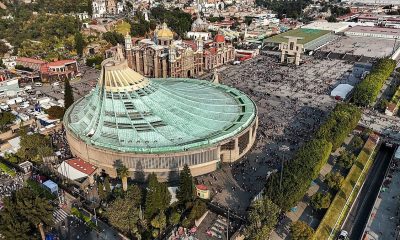
 International3 days ago
International3 days agoMexico City prepares for 13 million pilgrims at Basilica of Guadalupe
-

 Central America4 days ago
Central America4 days agoGuatemalan soldier wounded in clash with suspected mexican armed group near border
-

 Central America4 days ago
Central America4 days agoMexico and Guatemala launch joint security operation after Agua Zarca border attack
-
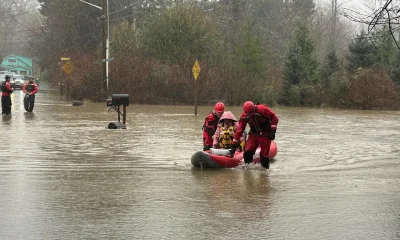
 International2 days ago
International2 days agoWashington declares State of Emergency as atmospheric river brings severe flooding
-

 Central America4 days ago
Central America4 days agoGuatemala reverses asset seizures after judge replacement, benefiting ex-president and former ministers
-

 International2 days ago
International2 days agoU.S. to require five-year social media history from tourists under Visa Waiver Program
-

 Central America3 days ago
Central America3 days agoU.S. accuses Ortega regime of systematic human rights abuses in Nicaragua
-

 Central America3 days ago
Central America3 days agoHonduras’ electoral chief reports ongoing technical issues but says results remain intact
-
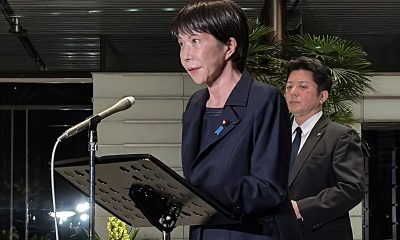
 International4 days ago
International4 days agoJapan lifts tsunami alert after strong 7.6-magnitude earthquake hits northern coast
-

 Central America3 days ago
Central America3 days agoU.S. finds no evidence of fraud in Honduras election despite delays
-

 Central America4 days ago
Central America4 days agoHonduran University: Nullifying elections without proof of fraud undermines popular sovereignty
-
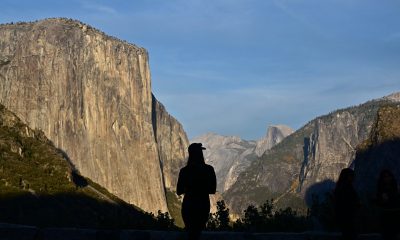
 International4 days ago
International4 days agoInterior Dept. redefines 2026 Patriotic Days, sparking criticism over removed civil rights holidays
-

 Central America4 days ago
Central America4 days agoCNA director says Libre’s defeat stems from “lack of substance,” not messaging
-

 Central America2 days ago
Central America2 days agoOAS and EU urge honduran political actors to respect vote results and avoid unrest
-

 International22 hours ago
International22 hours agoCuba battles out-of-control dengue and chikungunya epidemic as death toll rises to 44
-

 International4 days ago
International4 days agoZelensky meets Pope Leo XIV as review of U.S. peace plan continues
-

 Central America22 hours ago
Central America22 hours agoHonduras election crisis deepens as CNE president denounces intimidation attempts
-

 International22 hours ago
International22 hours agoColombia says it would not reject Maduro asylum request as regional tensions escalate
-

 International2 days ago
International2 days agoSix ecuadorian soldiers jailed pending trial for alleged extrajudicial execution
-

 International22 hours ago
International22 hours agoEcuador on track for record violence as homicides hit highest level in Latin America again



































